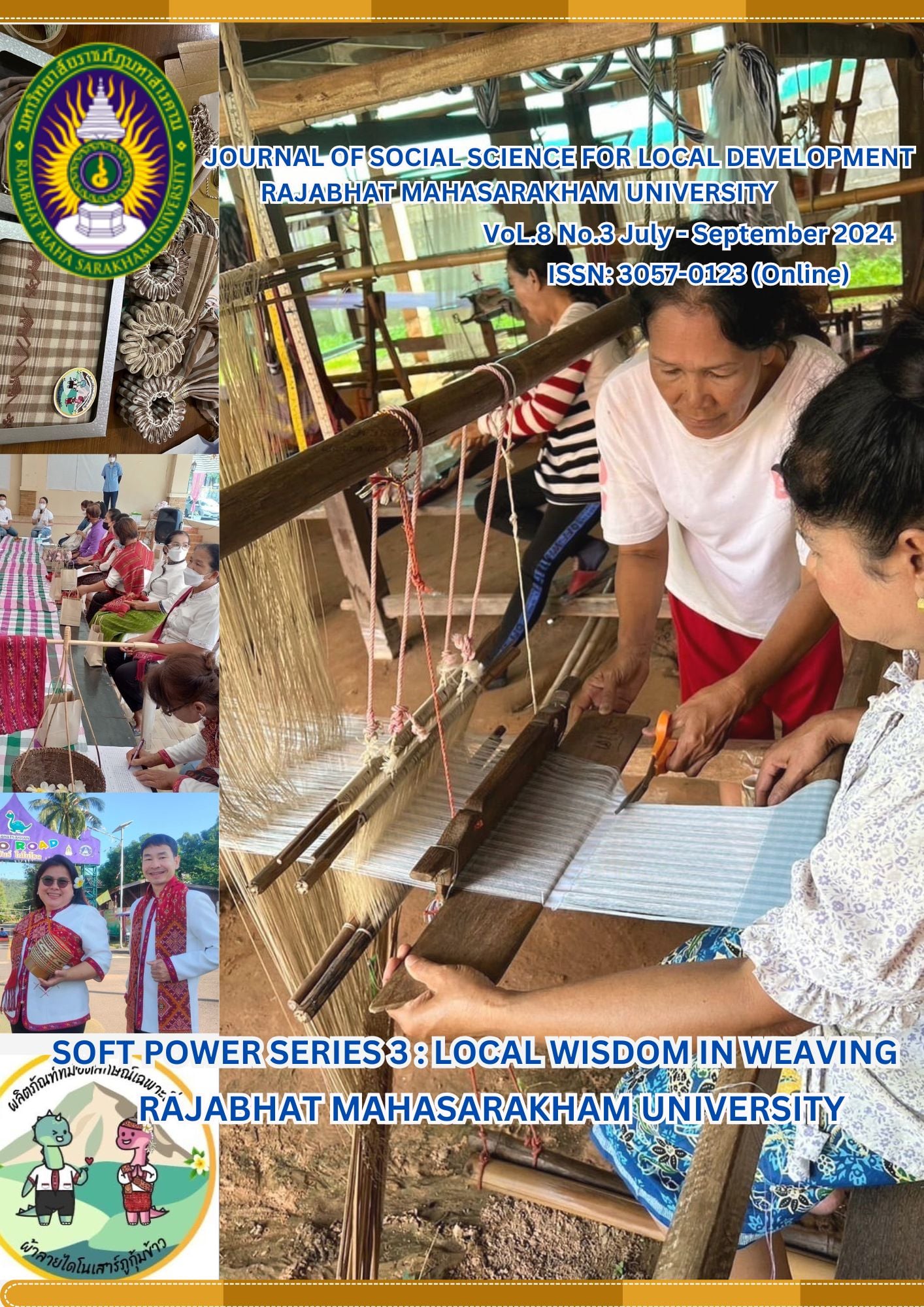Developing Mathematical Problem Solving Skills Regarding Prisms and Cylindrical using the STAD Collaborative Group Learning Model for Mathayom Two Students at Nong Kung Sri Wittayakarn School
Keywords:
STAD Technique, Mathematics Problem-Solving Skills, Fractions and CylindersAbstract
This research consists purposes were 1. to compare the academic performance before and after learning among second-year high school students who received instruction on fractions and geometry using the Student Teams-Achievement Divisions (STAD) cooperative learning model, with a predefined criterion 2. to develop a learning plan using the STAD cooperative learning model on fractions and geometry for second-year high school students to achieve a proficiency criterion of 75/75 3. to compare the mathematical problem-solving skills before and after learning using the STAD cooperative learning model on fractions and geometry for second-year high school students and 4. to investigate the satisfaction level towards the STAD cooperative learning model on fractions and geometry among second-year high school students. This quantitative research utilized various research tools, including the STAD cooperative learning model on fractions and geometry, a test measuring academic performance in mathematics, and a satisfaction questionnaire. The participants were randomly selected using cluster random sampling from second-year students at Nongkung Siri Vitthayakarn School, Kalasin province, under the jurisdiction of Educational Service Area Office 24, Academic Year 2566, totaling 32 students from Class 2/1. Statistical analysis included mean, standard deviation, independent t-test, dependent t-test, and content analysis. The research findings revealed that 1) the academic performance of students in fractions and geometry after learning with the STAD cooperative learning model was significantly higher (x̅= 15.53, S.D. = 2.01) compared to before learning (x̅= 4.66, S.D. = 2.10) at a significance level of .05 2) the learning plan using the STAD cooperative learning model on fractions and geometry for second-year students was effective, with a proficiency level of 87.08/77.66, meeting the predefined criterion 3) the mathematical problem-solving skills of second-year students after learning using the STAD cooperative learning model on fractions and geometry were significantly higher compared to before learning at a significance level of .05 and 4) there was a high level of satisfaction (x̅= 4.44, S.D. = 0.15) among second-year students towards the STAD cooperative learning model on fractions and geometry at Nongkung Siri Vitthayakarn School.


